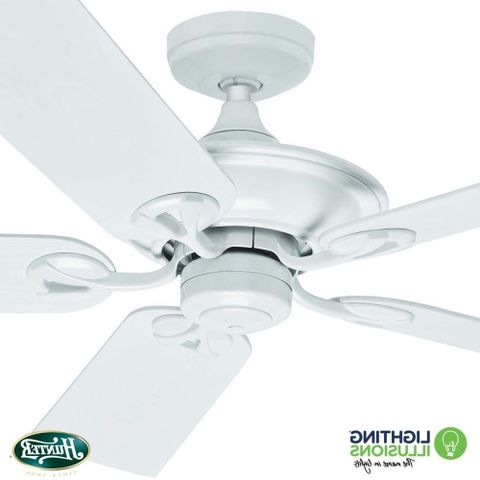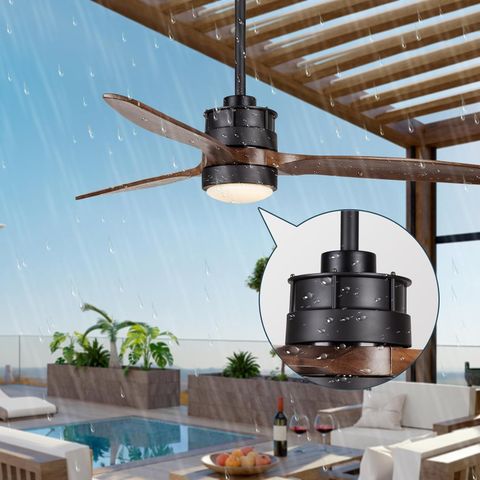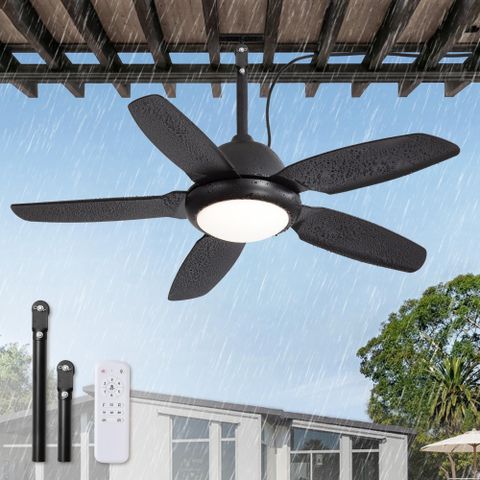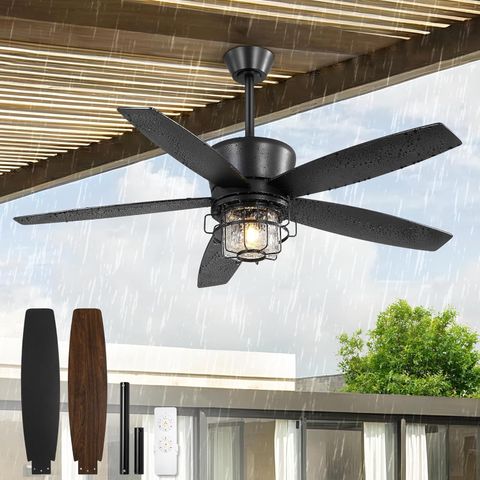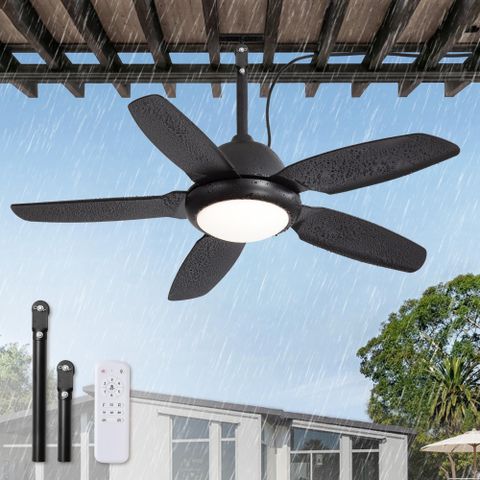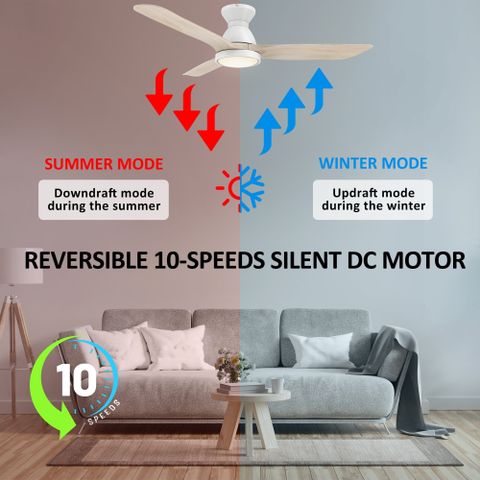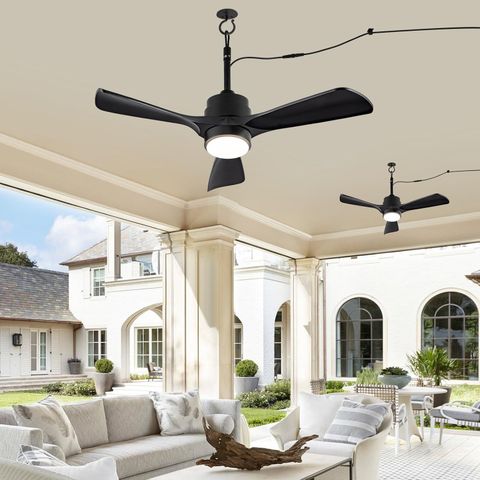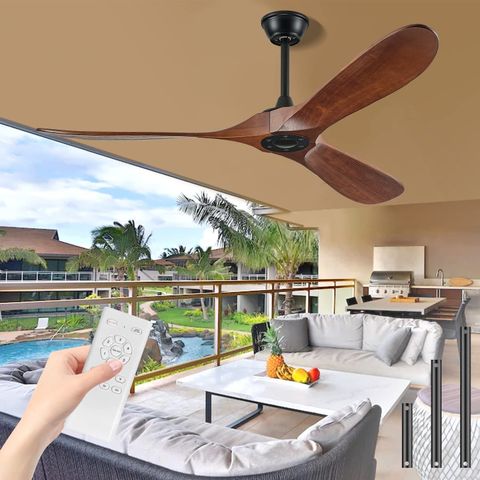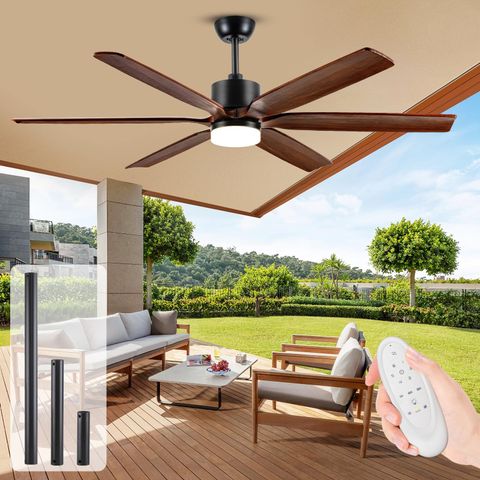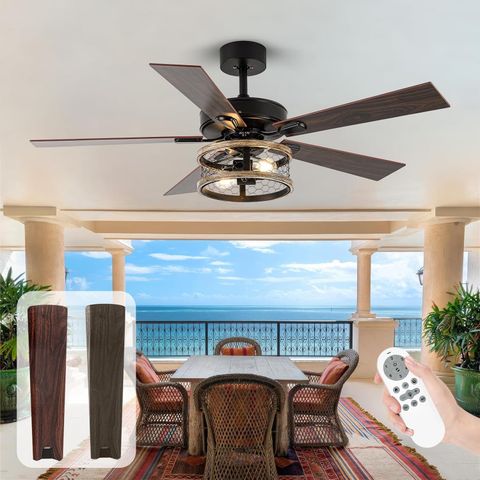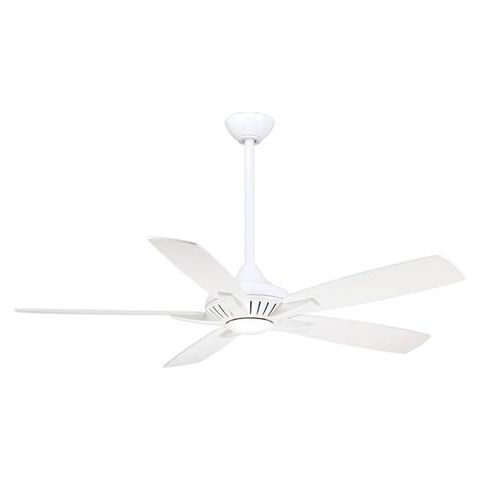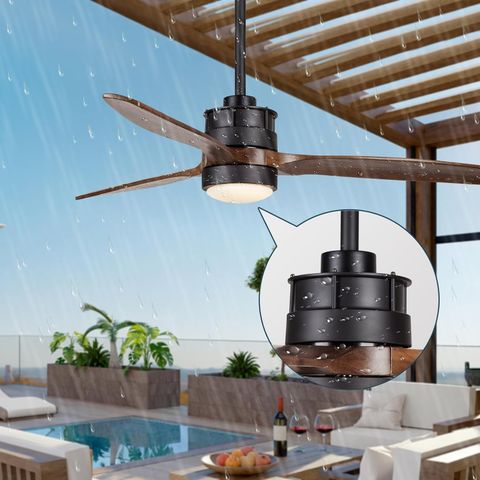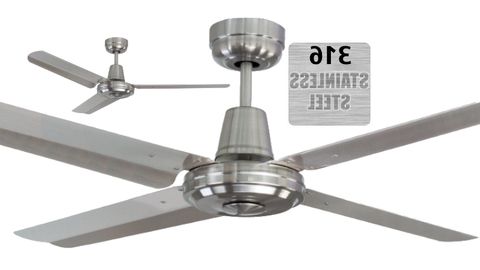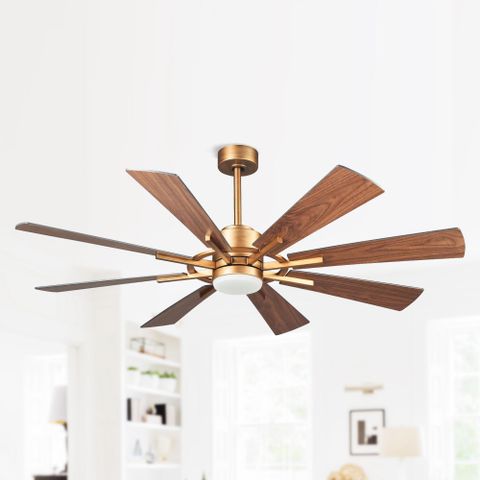Picture this: You’ve invested in beautiful outdoor fans, hoping they’ll bring comfort and style to your patio all summer long. But when autumn arrives, you notice something troubling. The metal blades are starting to look dull, maybe even rusty. What happened? It’s not just wear and tear. It’s corrosion – that invisible enemy that slowly eats away at outdoor equipment. For fans meant to withstand the elements, corrosion resistance isn’t just a feature. It’s the difference between a fan that lasts decades and one that needs replacing after months.
Outdoor fans are wonderful additions to any home. They provide relief from hot weather while adding aesthetic appeal to patios, decks, and outdoor living spaces. But there’s a hidden battle happening every single day that most people never consider. While we focus on blade design and motor power, the real challenge lies beneath the surface – literally. When fans face constant exposure to rain, humidity, temperature changes, and salt air, they encounter a relentless assault from corrosion. This process might seem slow, but it’s actually quite aggressive. The materials used in fan construction determine whether your investment will last through many seasons or become a costly replacement after just one summer. Understanding corrosion resistance isn’t just about knowing what happens when metal meets moisture. It’s about recognizing how this invisible threat affects everything from safety to efficiency to your wallet.
What Exactly Is Corrosion?
Corrosion is essentially metal’s way of complaining about being exposed to harsh conditions. When metals like steel, aluminum, or copper come into contact with oxygen and water, they begin to react. This reaction creates oxides and other compounds that weaken the original material. Think of it like rust forming on a car’s frame – except in the case of outdoor fans, we’re talking about components that work constantly under pressure. The process accelerates in environments with high humidity, salt spray, or frequent rainfall. It’s not just about appearance either. Corrosion can cause structural weakness, reduce airflow efficiency, and even create safety hazards. For outdoor fans, this means blades that may warp, motors that struggle to function properly, and overall performance degradation that no amount of cleaning can fix. Understanding that corrosion is a chemical process rather than just a visual problem helps explain why prevention is so critical.
The Real Cost of Neglecting Corrosion Protection
When you skip investing in corrosion-resistant materials, you’re essentially buying into a cycle of disappointment and expense. A fan that starts showing signs of rust after just six months of use might seem like a small problem at first. But consider the ripple effects. First, the aesthetic appeal drops dramatically. Then comes reduced performance as corroded parts affect airflow. Eventually, the entire unit might need replacement, often before its expected lifespan. In commercial settings, this can mean significant downtime for restaurants or hotels. The financial impact goes beyond just replacing parts. Maintenance costs pile up as technicians try to keep things running. Plus, there’s the risk of accidents – a fan blade that has corroded enough to become unstable could break off during operation. That’s not just expensive, it’s potentially dangerous. Many homeowners have learned the hard way that the cheapest option upfront often becomes the most expensive over time.
Material Matters: Steel vs. Aluminum vs. Other Options
Different materials handle corrosion differently, and understanding these differences can save you from major headaches. Steel, while strong and affordable, is highly susceptible to rust when exposed to moisture. That’s why you’ll often see steel fans with heavy galvanization or protective coatings. Aluminum offers better natural resistance to corrosion but can still suffer from pitting and other issues in harsh environments. Stainless steel provides excellent protection against corrosion, though it comes at a premium cost. Some manufacturers use composite materials or specialized alloys that offer superior performance in extreme conditions. The key is matching the material to your environment. Coastal areas demand more robust solutions than inland locations. High humidity zones require special attention to prevent rapid deterioration. Even within the same material family, quality varies significantly. Some aluminum alloys resist corrosion much better than others. It’s worth asking about the specific grades used in your fan’s construction.
Protective Coatings and Treatments Explained
Modern manufacturing has developed several strategies to protect outdoor fans from corrosion. These range from simple paint finishes to complex electroplating processes. Powder coating has become popular because it creates a durable barrier between metal and moisture. Epoxy coatings offer excellent protection for areas that see heavy exposure. Zinc galvanization involves coating steel with zinc, which acts as a sacrificial layer that protects the underlying metal. Some companies use specialized treatments like anodizing for aluminum components. These processes aren’t just cosmetic – they represent serious engineering efforts to extend product life. However, these protections aren’t permanent. They require maintenance and can wear away over time. Understanding what kind of protection your fan has and how to maintain it properly can make the difference between a fan that works for years versus one that fails quickly.
How Environmental Factors Influence Corrosion Risk
Not all outdoor environments are created equal when it comes to corrosion risk. Salt air near oceans accelerates rust formation dramatically. Humid climates create ideal conditions for corrosion to develop. Areas with frequent rain and temperature fluctuations see more stress on materials. Even industrial pollution can increase corrosion rates. For instance, a fan installed in a coastal area might show signs of damage within two years, while one in a dry inland location could last a decade. Temperature swings cause expansion and contraction that stresses materials and makes existing corrosion worse. UV exposure from sunlight can break down protective coatings faster. The interaction between these factors makes predicting corrosion risk challenging. That’s why it’s important to consider not just where you’ll install a fan, but what conditions it will face year-round.
Signs to Watch For Before It’s Too Late
Early detection can save you from expensive repairs or replacements. Look for discoloration or dark spots on metal surfaces. Check if blades feel rough or have developed uneven edges. Listen for unusual noises that might indicate loose or damaged components. If you notice reduced airflow or the fan seems to wobble more than usual, these could be warning signs. A fan that’s been in service for more than five years and shows any signs of corrosion should be evaluated carefully. Sometimes the damage isn’t visible until it’s too late. Regular inspections become essential for maintaining both performance and safety. Keeping a log of when you last checked your outdoor fans can help establish a routine that catches problems early. Remember, corrosion often starts small and grows gradually, so staying vigilant pays off in the long run.
Corrosion resistance isn’t just another feature to check off a list. It’s fundamental to the success of any outdoor fan investment. Whether you’re building a new patio or upgrading an existing space, choosing materials and treatments that resist corrosion is an investment in lasting satisfaction. The upfront cost of quality corrosion-resistant fans might seem higher, but it prevents the frustration and expense of frequent replacements. Understanding what causes corrosion and how different materials respond to environmental stress helps you make informed decisions. Most importantly, regular attention to maintenance and early detection of problems can extend the life of your outdoor fans far beyond their initial expectations. The next time you’re shopping for outdoor fans, remember that the best choice isn’t always the cheapest one. It’s the one that will stand up to whatever nature throws at it, keeping you comfortable and safe for years to come. After all, your outdoor space deserves equipment that can handle the elements as well as your lifestyle demands.
